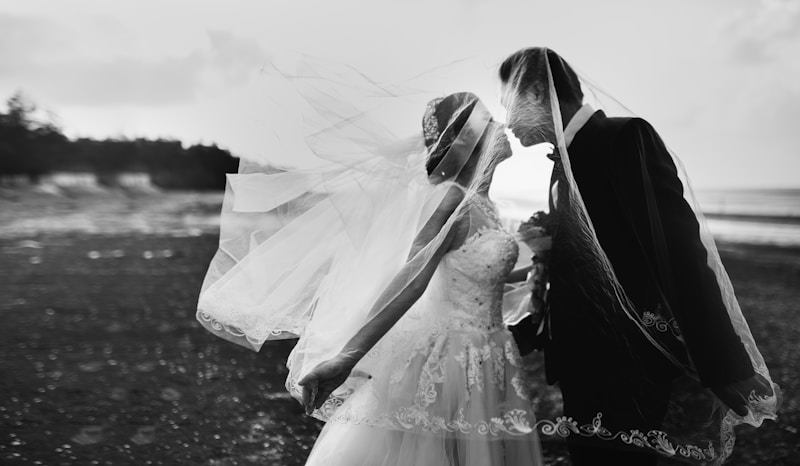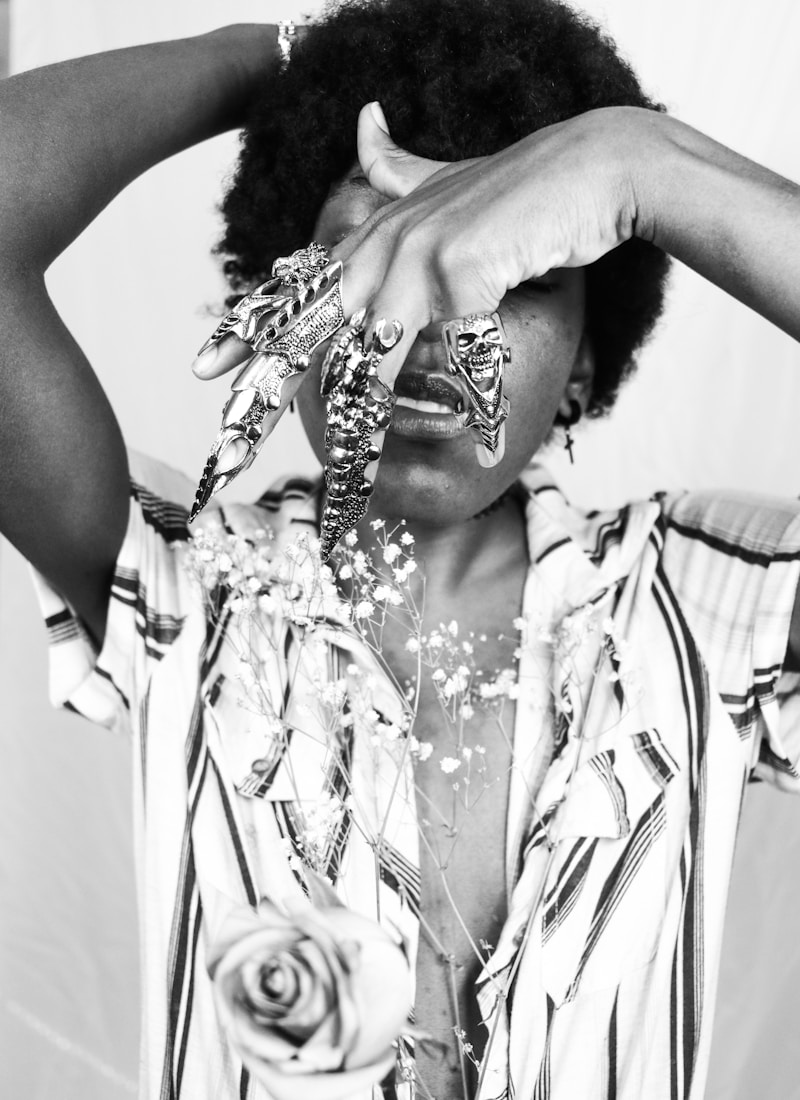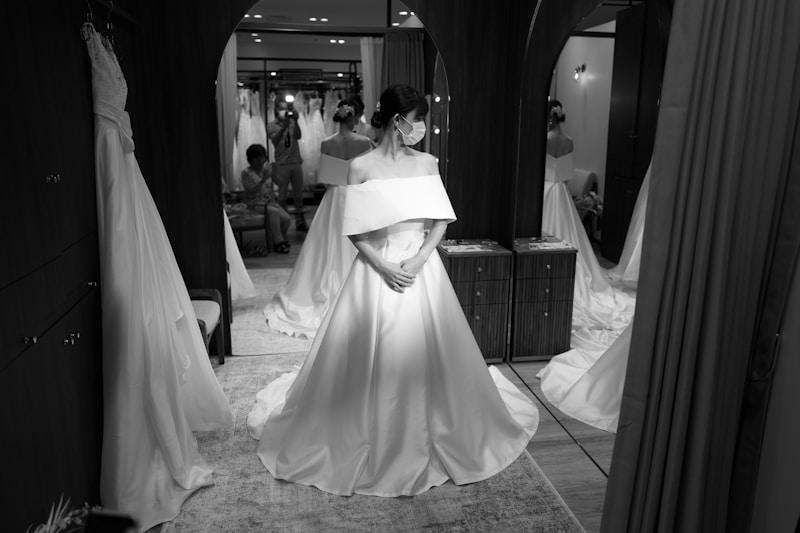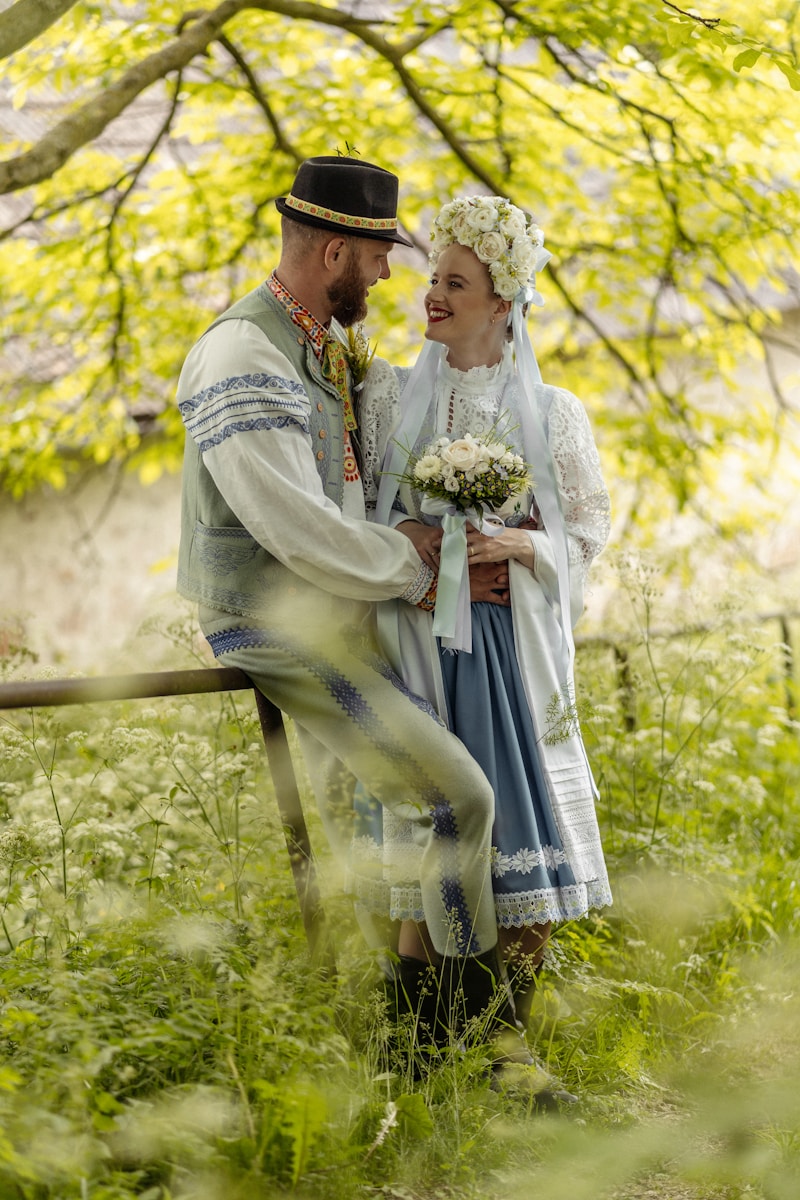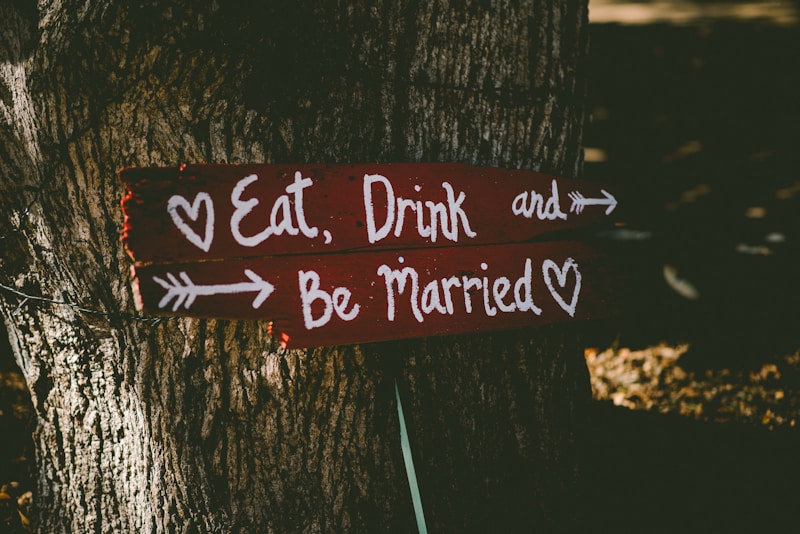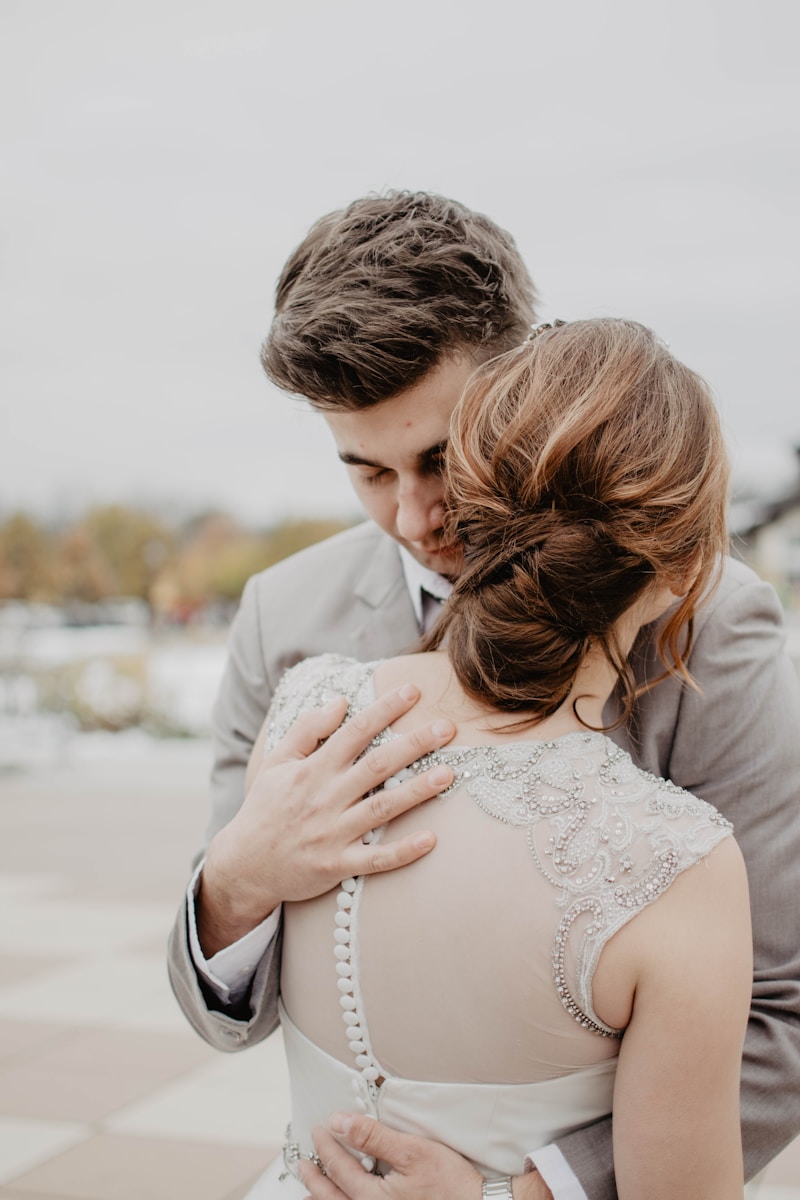Best Sellers
Article
Unveiling the World of Bridal Fashion Influencers: Your Ultimate Guide
Introduction to Bridal Fashion InfluencersIn today's digital age, bridal fashion influencers play a crucial role in shaping wedding trends and styles. These fashion-forward individuals leverage social media platforms to showcase the latest bridal col...
Eclectic Inspirations in Modern Bridal Trends: A Comprehensive Guide
In recent years, the world of weddings has witnessed an incredible transformation. Gone are the days when traditional white dresses and classic ceremonies dominated the bridal scene. Today, brides are increasingly seeking eclectic inspirations to mak...
Exploring Modern Interpretations of Bridal Attire: A Fashion Evolution
In the world of weddings, attire plays a paramount role in crafting memorable moments. Modern interpretations of bridal attire have evolved significantly, embracing cultural diversity, personal expression, and innovative designs. This article delves ...
The Impact of Social Movements on Bridal Trends
In recent years, social movements have played a significant role in shaping various industries, and the bridal industry is no exception. As society evolves, so do the traditions and expectations surrounding weddings. This article explores the multifa...
How Memories and Traditions Shape Bridal Fashion Preferences
Bridal fashion is more than just a trend; it is deeply intertwined with memories and traditions that shape individual preferences. The journey to finding the perfect wedding dress often reflects not only a bride's style but also a tapestry of cultura...
Exploring Queen Victoria’s Influence on Bridal Wear: A Timeless Legacy
IntroductionQueen Victoria, who reigned over the United Kingdom from 1837 to 1901, is not only remembered for her significant contributions to British history but also for her lasting impact on fashion, particularly bridal wear. Her choice to wear a ...
The Role of Fashion Designers in Wedding Attire: Shaping Dreams and Trends
Understanding the Impact of Fashion Designers on Wedding AttireWeddings are monumental life events, and the attire worn by the bridal party plays a crucial role in setting the mood and tone for the celebration. Fashion designers are at the heart of t...
How Hollywood Shapes Wedding Dress Trends: A Deep Dive into Fashion Influence
The world of weddings is a unique universe where romance and style converge, defined by diverse cultural traditions and personal tastes. However, one of the most significant influences on wedding fashion comes from Hollywood. This article explores ho...
Understanding Price Sensitivity Among Brides: A Comprehensive Guide
IntroductionThe wedding industry is a billion-dollar marketplace, where couples often have to navigate intricate choices that can lead to significant financial investment. One of the most crucial factors influencing these choices is price sensitivity...













